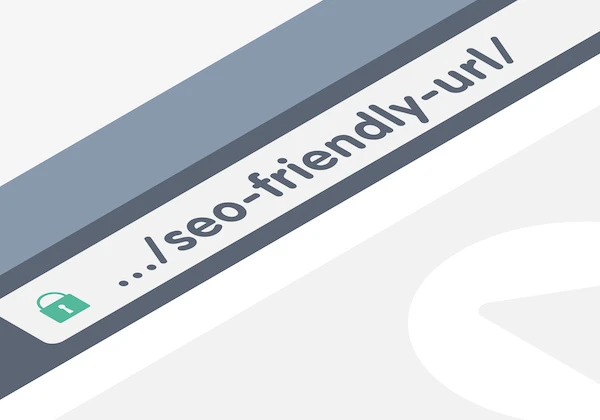In the bustling world of search engine optimisation (SEO), every detail matters. From keyword usage to meta tags, each element plays a critical role in determining your website’s visibility in search engine results. One frequently overlooked aspect of SEO is the URL structure of a website. However, URL structure can significantly influence your SEO performance. It might seem like it doesn’t matter that much, but there are things you can do to benefit your website’s visibility in the search engines as well as making it easier for your customers to find the content they need.
The Importance of URL Structure in SEO
URLs, or Uniform Resource Locators, are the addresses of individual web pages. When well-optimised, they provide both humans and search engine algorithms with clear and easy-to-understand indications about the content of a webpage.
A clean, straightforward URL can help improve user experience, as it allows visitors to intuitively understand where they are on your site and navigate accordingly. Moreover, search engines use URLs to understand the context and content of pages. A good URL can enhance your visibility and ranking on search engine results pages (SERPs).
URL Structure Best Practices for SEO
- Use HTTPS for Security HTTPS (Hyper Text Transfer Protocol Secure) ensures a secure connection, encrypting data between the user’s browser and the website. Google has confirmed that HTTPS is a ranking signal, meaning that sites using HTTPS may have a slight ranking advantage over non-secure sites. Therefore, if you haven’t already done so, consider migrating your website from HTTP to HTTPS.
- Include Keywords in URLs Including relevant keywords in your URL can have a positive impact on your page’s ranking. It not only signals to search engines what the page’s content is about but also helps users understand what to expect from the page. However, avoid keyword stuffing, as this can lead to over-optimisation penalties.
- Keep URLs Short and Simple Long, complex URLs can be confusing for users and may dilute the impact of your keywords. Google recommends keeping your URLs as simple as possible, making them easier to copy, paste, and share, thereby enhancing user experience and potentially improving your page’s ranking.
- Use Hyphens to Separate Words In a URL, it’s important to separate words for readability and SEO. Google advises using hyphens (-) instead of underscores (_) to separate words. Using hyphens makes your URLs easier for both users and search engines to interpret.
- Avoid URL Parameters Where Possible URL parameters like ‘?’ and ‘&’ can create multiple URLs with similar content, leading to duplicate content issues. Although search engines are getting better at handling URL parameters, it’s still recommended to limit their use where possible.
- Ensure URL Structure Reflects Site Hierarchy A well-structured URL should reflect the hierarchy and categorisation of your website content. This can help search engines understand the relevance and relationship of pages on your site, leading to better indexing and potentially improving your ranking.
For example, a URL like “www.example.com/fruit/apples/granny-smith” clearly shows that the page is about Granny Smith apples, which falls under the broader “apples” category, which in turn is a subset of “fruit.”
Optimising your website’s URL structure is a critical aspect of SEO that shouldn’t be overlooked. By incorporating SEO best practices into your URL structure, you can enhance your site’s visibility, improve user experience, and boost your SERP rankings. As with all aspects of SEO, it’s essential to remember that user experience is key – so always aim to make your URLs as simple, descriptive, and as intuitive as possible.


